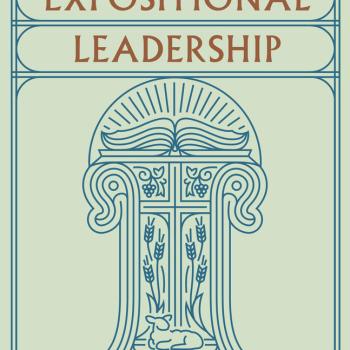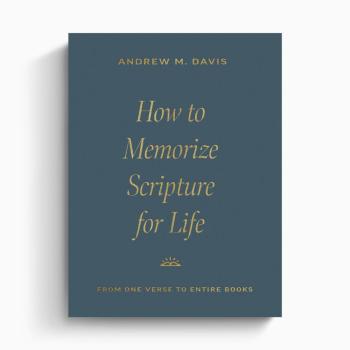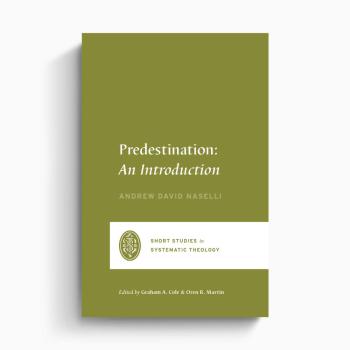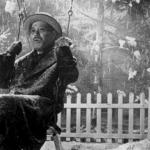A Review of The Woman in White, by Wilkie Collins
By ALEXIS NEAL
In 1859, British novelist and playwright Wilkie Collins penned The Woman in White, arguably the first detective novel (Poe’s ‘The Murders in the Rue Morgue’, published some 18 years earlier, was not a full-length novel) and an excellent example of the sensational literature popular at the time. It has since earned a spot on several lists of Great Novels, and has been adapted for stage and screen something like a dozen times.

As novels go, it’s got all the key ingredients for good creepy Gothic fun: A devoted young lover of less-than-stellar birth, a nefarious nobleman/competing suitor, a brilliantly evil count, a mental institution, a remote and run-down estate, an ailing guardian, mysterious pasts, a village church, shocking allegations, a crazy lady, lies, a secret society, schemes, and no fewer than two damsels in distress (who just happen to bear a striking resemblance to one another). Collins tells the story in an epistolary style similar to that used to great effect in Bram Stoker’s Dracula (1897)—various witnesses take turns relating the events of which they have personal knowledge, passing the baton of the story in an almost forensic fashion. The end result, though highly narrative and quite readable, has the feel of a collection of sworn affidavits to be submitted at trial. Which, given Collins’ background as a licensed (though not practicing) attorney, is likely no coincidence. Indeed, it functions as a very effective foreshadowing device, as it hints at the eventual disclosure of criminal shenanigans. And criminal shenanigans there are. Shenanigans aplenty. If you enjoy juicy parlor scandals and nineteenth century literature, this book is most definitely for you.
Perhaps most striking of all is the novel’s rather feminist focus. The story centers on sisters Laura and Marian—Laura is the pretty one, and Marian is the competent one. Eventually, both sisters end up in the clutches of some very unpleasant people, and it is up to the girls’ old art teacher, Walter (who naturally has the hots for Laura), to save them. Collins shows a surprising awareness of the unfortunate plight of the nineteenth century female—the sense of exposure and powerlessness is palpable, and makes for a pretty harrowing read. These women know that they are being—and will be—wronged, but there is precious little they can do about it. They are at the mercy of the men who control their fortunes (and their lives).
Fortunately, Walter is more capable—or luckier—than you might expect. But while Walter is the ‘hero’ of the tale and participates in the climactic showdown with the villains, Marian herself is responsible for her own share of heroics.
Classic literature doesn’t offer much in the way of strong, single, unattractive heroines. If you’re a reader, it’s ridiculously easy to become persuaded that only attractive people matter—that they’re the only ones who get to have stories. Unattractive people are relegated to the sidelines. And a single woman, well, she’s just a problem to be solved. Elizabeth Bennet is witty and charming and attractive, so she gets a (fantastic) book and ends up with one of the Catches of All Time. Juliet’s story doesn’t end well, it’s true, but it’s highly regarded as a romantic classic—and she was no dog. Wuthering Heights, Anna Karenina, Madame Bovary, Emma …these are stories about attractive women. Then there’s Cinderella, Sleeping Beauty (it’s right there in the name), Snow White … even biblical matriarchs, such as they are, skew hot—look at Sarah, Rachel, and Rebecca. Sure, Jane Eyre is no looker (and I love her for that), but even she winds up paired up with the gruff Mr. Rochester. And the unfortunate Leah, though unloved, still gets married. Only tragedies end with single heroines still single. Happily-ever-afters require marriage (or at least romance).
This is not, technically speaking, a great attitude to have. Sure, romance is great, and marriage is wonderful—it’s a picture of the gospel, after all. But it’s not the end-all-be-all. It’s not the only happily-ever-after. Christ himself lived—and died—a single man, and Paul has lots of good things to say about the blessings of a single life lived in devotion to God. Obviously, a life of singleness devoted to self-indulgence and self-gratification is not what he’s talking about, and deliberately choosing to stay single in order to avoid or delay the self-sacrifice of relational commitment is not exactly praiseworthy. But the mere fact of marriage is not, biblically speaking, ‘better’ than singleness.
But in the face of countless, gorgeous Disney princesses and their (admittedly dull-as-toast) Prince Charmings, it is crazy easy to believe that if you are not a) a knockout, and b) married, then you either don’t get a story, or your story is incomplete until you acquire both these things. You are incomplete until you acquire both these things.
Which is why I love The Woman in White’s Marian. She is decidedly not a knockout. She is intelligent, competent, and fiercely devoted to her sister (who is, in turn, lovely, sweet, and a bit on the fragile side). When Laura is married off to the questionable Sir Percival Glyde, Marian goes with her and looks after her. When Sir Percival’s true nature is revealed, Marian sticks by her and tries to figure out a way out of their mess. Where Laura, in her weaker nature, is inclined to cower and capitulate in order to avoid conflict, Marian goes toe-to-toe with the bad guys, and comes up with more than a few plots of her own. Marian, not Laura, is the one who figures out that the clever Count is the one they really have to worry about—and she does a pretty darn good job of pitting her wits against his. When Laura is in dire straits, Marian refuses to give up and [SPOILER] straight up busts Laura out of the mental institution where she’s been wrongfully confined. And when Laura is [again, SPOILER] reunited with her beloved Walter, Marian is completely and genuinely happy for her. Her joy is unmarred by even the slightest shred of jealousy—of Walter (for his infringement on her sister’s affections) or of Laura (for her hope of a happily-ever-after). Marian and Walter work side-by-side for Laura’s benefit, and there is not even a hint of a love triangle. Marian is above all of that. She loves Walter because, like her, he loves and is loved by Laura. We even learn that the evil mastermind behind all the shenanigans, the corpulent Count Fosco, utterly disdains Walter but admires and appreciates Marian (albeit in a deeply disturbing and creepy way). In her, he sees a woman worthy of his genius and talents, and he grieves that circumstances have pitted them against one another. And when Walter and Laura worry that they are doing Marian a disservice by letting her live with them instead of living her own life, she quickly disabuses them of that notion and expresses her heartfelt desire to be devoted to her sister, brother-in-law, and eventual nieces and nephews.
Now, I don’t mean to say that married couples should expect their single siblings to be content to play perpetual babysitter. Not at all! But Marian is a beautiful example of a single life lived, not in devotion to oneself and the attainment of one’s own desires, but in devotion to others. She is every bit as feminine as (and a heck of a lot more interesting than) her pretty—married—sister. She is humble, self-sacrificing, brave, strong, intelligent, caring, nurturing, and good. And she is genuinely happy with her lot in life, and devotes herself with cheerful industry to the service of those she loves.
So parents, feel free to read your daughters fairy tales and more run-of-the-mill romantic stories. But maybe, in the midst of all the Jane Austen and the Louisa May Alcott and the incessant boy-meets-girl nonsense (all of which I thoroughly enjoy), toss The Woman in White into the mix. Not only is it a great read, and full of scandalous adventure and nefarious plots, but it’s a wonderful reminder that the single life well-lived is every bit as much a ‘happily ever after’ as any story that culminates in a party, a cake, and big white dress.
_______________________________________________________________
Alexis Neal regularly reviews young adult literature at www.childrensbooksandreviews.com and everything else at quantum-meruit.blogspot.com.












